
Seven Indian hill stations that still beckon when summer becomes too hot to handle
- Built by the British as a respite from Indian summers, the subcontinent’s hill stations are as charming as ever
- At Udagamandalam, or Ooty, the game of snooker was invented, and Gulmarg is still home to the world’s highest green golf course

Long before Covid-19 began making our lives a misery, those responsible for running the British Empire in India had to contend with an assortment of life-threatening diseases and ailments with no known cure. For hot-under-the-collar colonials, the risk of falling victim to malaria, cholera, dysentery or even heatstroke was a very real possibility. Seeking some space and relief from the stifling, malevolent air of the Indian plains, the solution was to head for the hills for half the year.
Hill stations were usually developed at altitudes between 1,500 and 2,500 metres, where the climate was agreeably brisk and the mountain vistas absolutely spiffing. The purpose-built settlements offered imperial administrators, military officers and planters a home away from home where they could rest, recuperate and socialise when summer temperatures at sea level became unbearable. The colonials have long gone but close one eye and you could almost be in Europe.
Game of billiards, anyone?
Before the completion of the railway, in 1903, getting to the British summer capital of Shimla was no easy task. The rulers of the Raj relied on horses and elephants, bullock cart convoys and palanquins (a kind of sedan chair) to negotiate the steep mountain paths.
It was worth the effort, however, as when they weren’t busy ruling a fifth of the world’s population, the pen-pushers of empire took advantage of the benign temperatures of the Himalayan foothills to indulge in a hectic sporting and social calendar of cricket and croquet, picnics, hunting and amateur dramatics. Nowadays, the Queen of the Hills attracts mainly domestic tourists keen to escape furnace-like conditions and enjoy Shimla’s cedar-scented air and seasonal snowfalls.

Udagamandalam was too much of a mouthful for the British, who changed the name to Ootacamund, which evolved into Ooty, or Snooty Ooty, as it became known. From April until October, the hill station served as summer HQ of the Madras government and was a place of rest and recreation for civil servants stationed in the south of the subcontinent.
The town is situated in the Western Ghats range, the Great Escarpment of India. Horse racing was a popular pastime in the days of Raj and the Ooty course (2,268 metres above sea level) was, and remains, a fixture during the busy summer season.
If one day you visit, take a stroll around the Botanical Gardens, established in 1848 by Scottish horticulturalist William McIvor, and be sure to pay a visit to the Ootacamund Club. The town’s quirky claim to fame is that the game of snooker was invented at this very venue, in 1875.
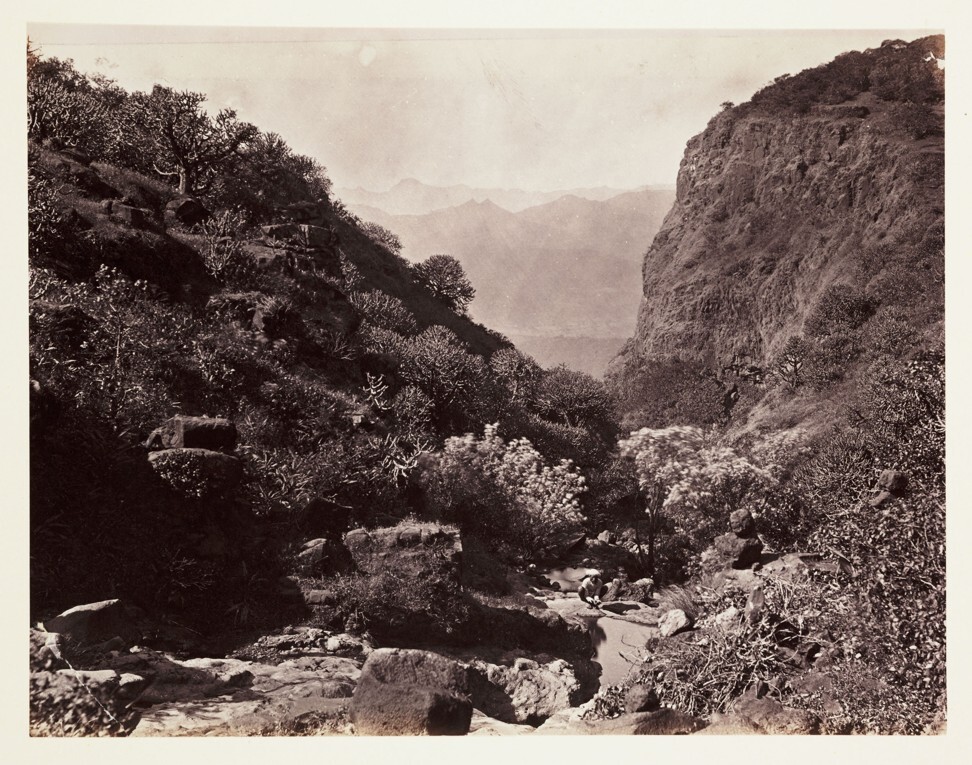
The first European to be struck by the “boundless beauty” of Mahabaleshwar was General Peter Lodwick, who, despite it “crawling with tigers”, appraised the area armed with nothing more than a walking stick. A flurry of development provided the new settlement with many of the facilities present at other hill stations, including residential bungalows, social club, health sanatorium, golf course and orchards (the town is still known for its strawberry farms).
By the mid-1800s, Mahabaleshwar would become the summer capital of the Bombay Presidency. These days, sightseers come to enjoy views of “the Grand Canyon of India” from Arthur’s Seat and hire rowing boats on Venna Lake.
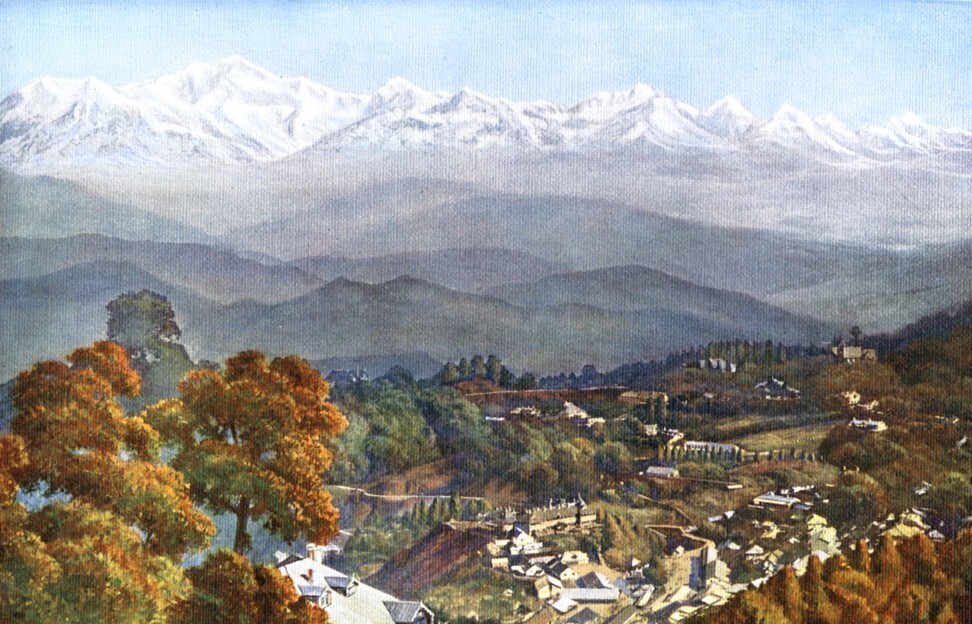
Famed for the quality of its tea and quaint “toy train”, Darjeeling gave West Bengal-based Britons an escape route from the baking plains – specifically those serving in Calcutta, capital of the Indian Empire from 1772 until 1911. The Darjeeling Himalayan Railway whisked passengers high into the breezy tea hills from 1881 – a full 22 years before the Shimla line was completed.
Today, there are more than 80 tea estates in and around Darjeeling – plantation tours provide an insight into the history and production process, from picking to packaging, with a chance to taste the “champagne of teas”. Visitors shouldn’t miss sunrise from Tiger Hill, on the outskirts of town. Kanchenjunga, the world’s third highest mountain, dominates the sweeping Himalayan vista and Mount Everest is also visible.
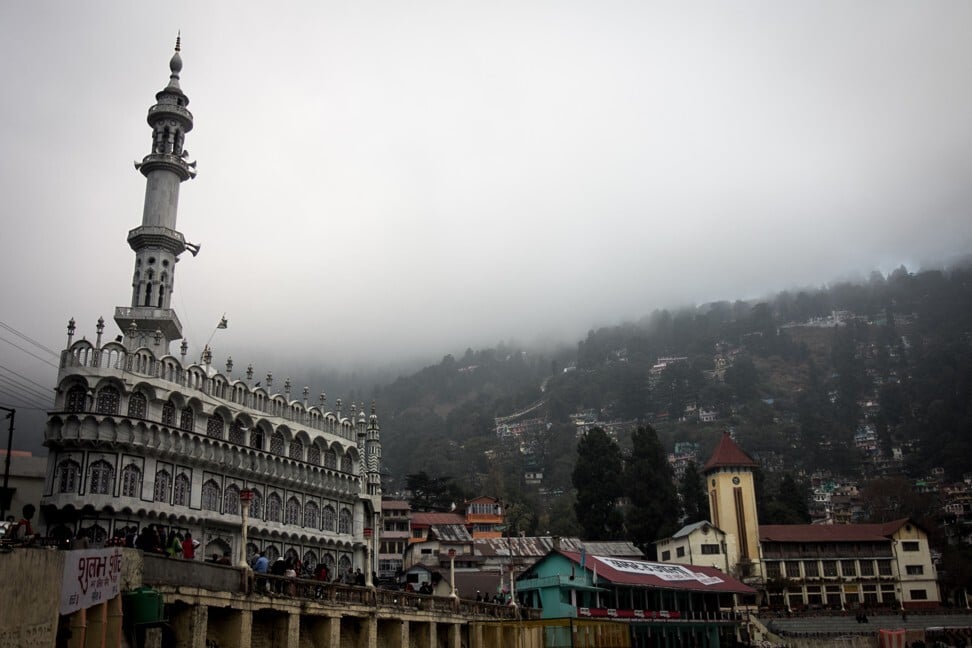
Hidden in the Kumaon hills, which merge into the Himalayas, Nainital grew up around a picturesque lake. The first European house was built by Peter Barron, a sugar trader, and soon other colonial bungalows began springing up overlooking the water.
It wasn’t long before homesick Britons established the Nainital Club – a members-only boathouse facility that offered inland sailing opportunities as well as a billiards room, ballroom and library. In 1862, the burgeoning settlement became the summer seat of the North Western Provinces.
The governor’s Scottish castle-style property, Raj Bhavan, still stands and is open to the public – as is St John in the Wilderness Church, one of the town’s oldest buildings. The British also set up a number of educational facilities and Nainital’s boarding schools have an excellent reputation to this day.
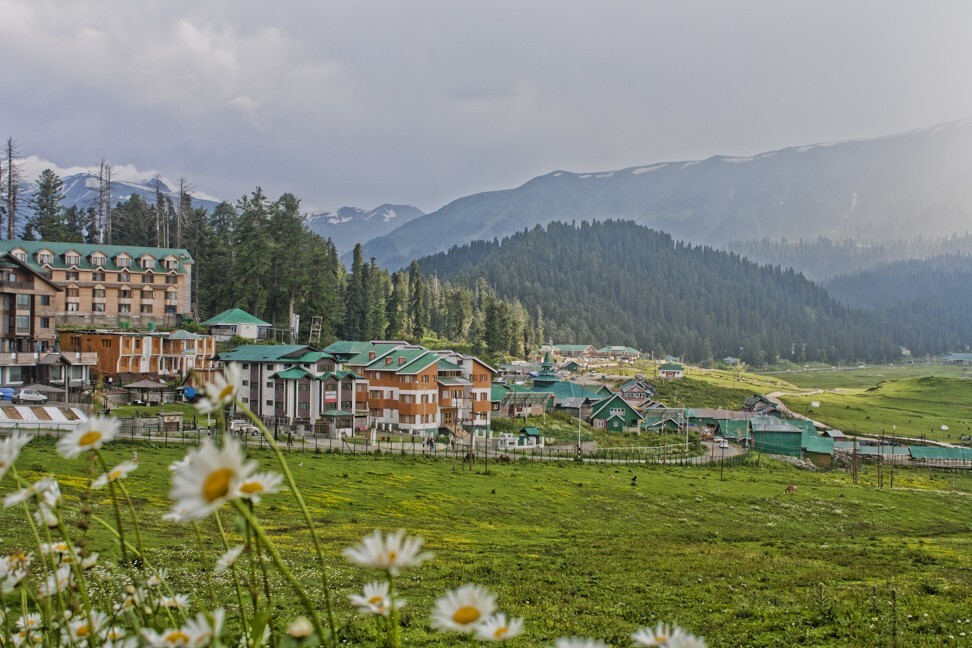
Gulmarg translates as “meadow of flowers” and summer visitors will find the hills carpeted with primulas and poppies, daffodils and daisies. The British designed three golf courses hereabouts, one of which remains open. At 2,650 metres, Gulmarg Golf Club is home to the highest green course in the world.
The colonists also set up a skiing club with annual competitions held at Christmas and Easter. During the 1960s, the area was upgraded and today the revamped resort offers the best skiing in India. Surrounded by flowers or snow, St Mary’s Church dates back to 1902. The stone structure gradually fell into disrepair but reopened in 2003, after extensive renovations, and its first Christmas service for many years was held.
Gulmarg is in Indian-administered Jammu and Kashmir, disputed territory, and sporadic militant activity continues to hamper efforts to attract tourists and winter sports enthusiasts to the area.
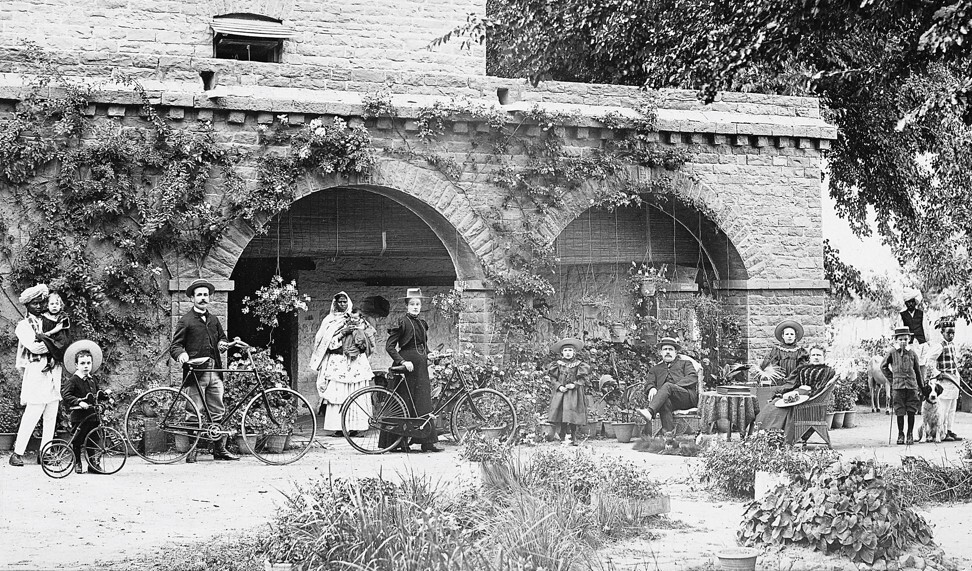
Situated on a lofty ridge with the Himalayas providing a snow-capped backdrop, Mussoorie was discovered in the 1820s by a British military officer and a revenue superintendent. Both were keen huntsmen and the modest shooting hut they built was the first permanent structure in a region frequented only by shepherds and their flocks.
Over time, Mussoorie evolved into a fully fledged hill station, loved by the British and Indian maharajas alike for its invigorating air and favourable climate. You might not find anywhere offering roast beef followed by spotted dick and custard nowadays but there are plenty of places on Mall Road serving up Indian, Chinese and Western fare. Or even Tibetan dishes – the Dalai Lama spent a year in Mussoorie after fleeing from Lhasa in 1959 and an estimated 5,000 Tibetans have settled in the area.